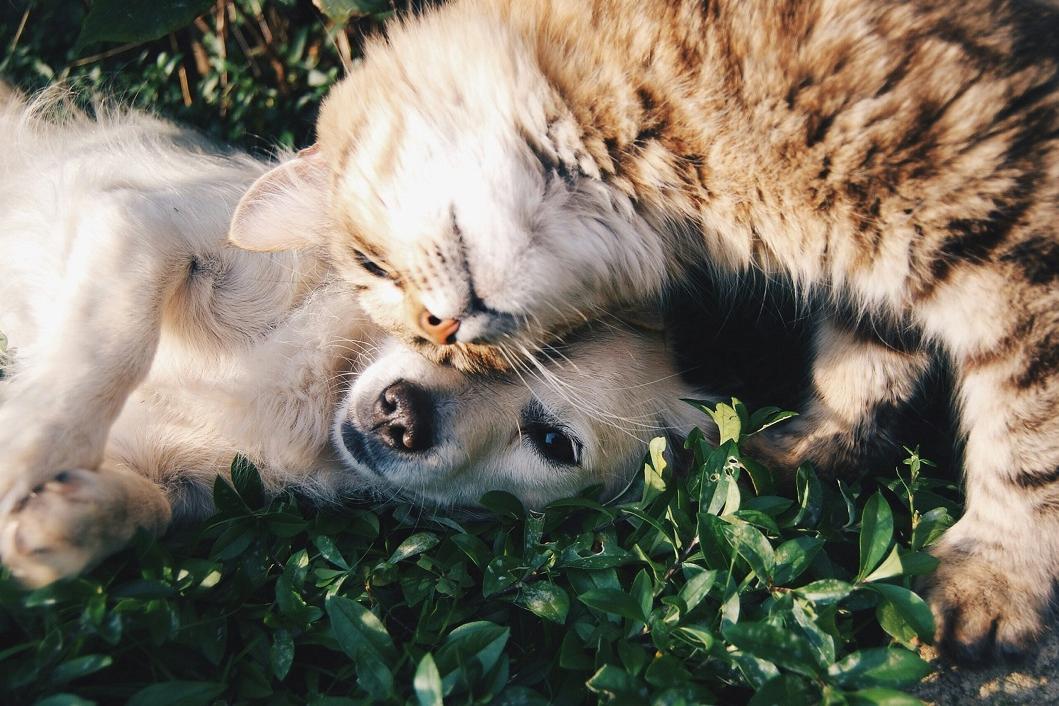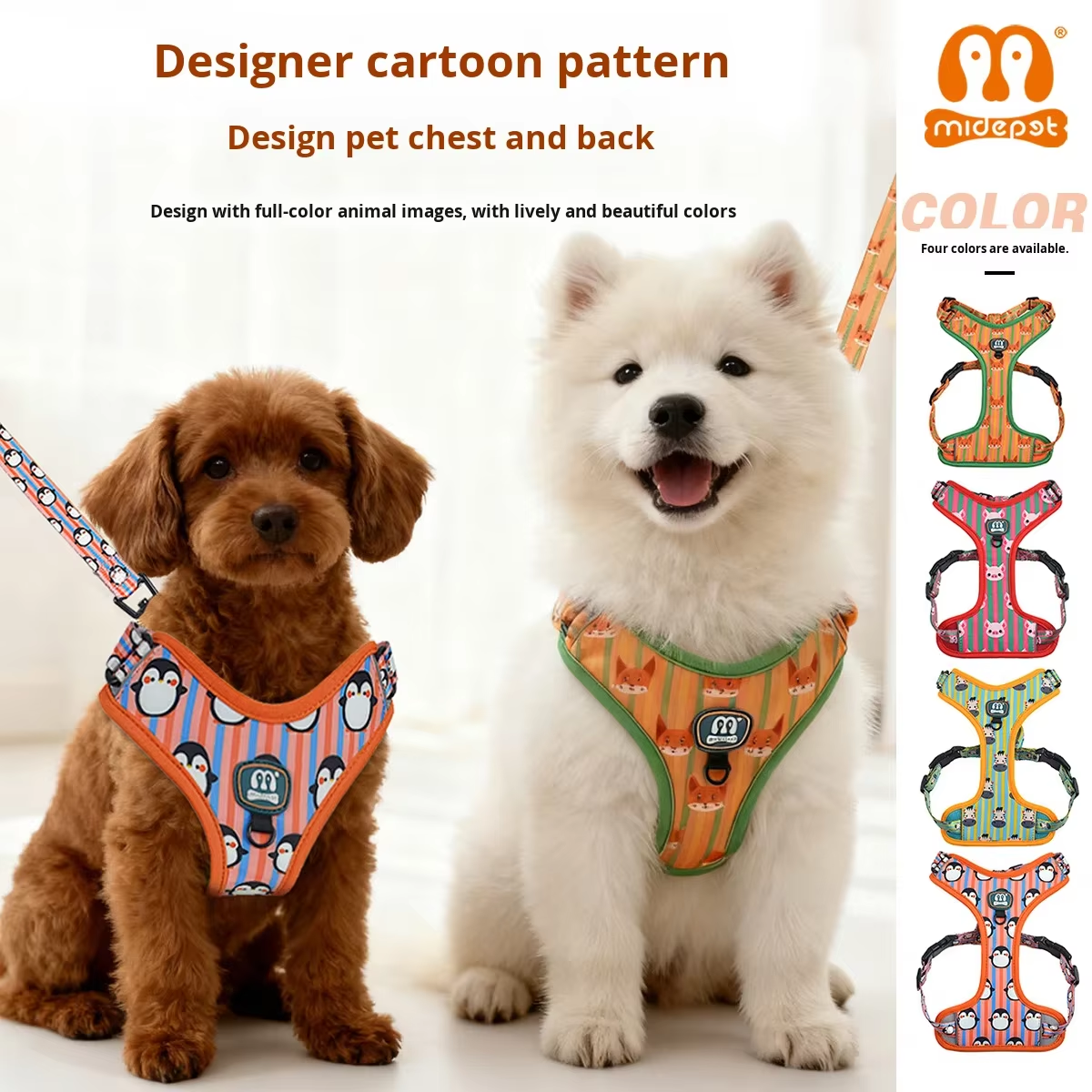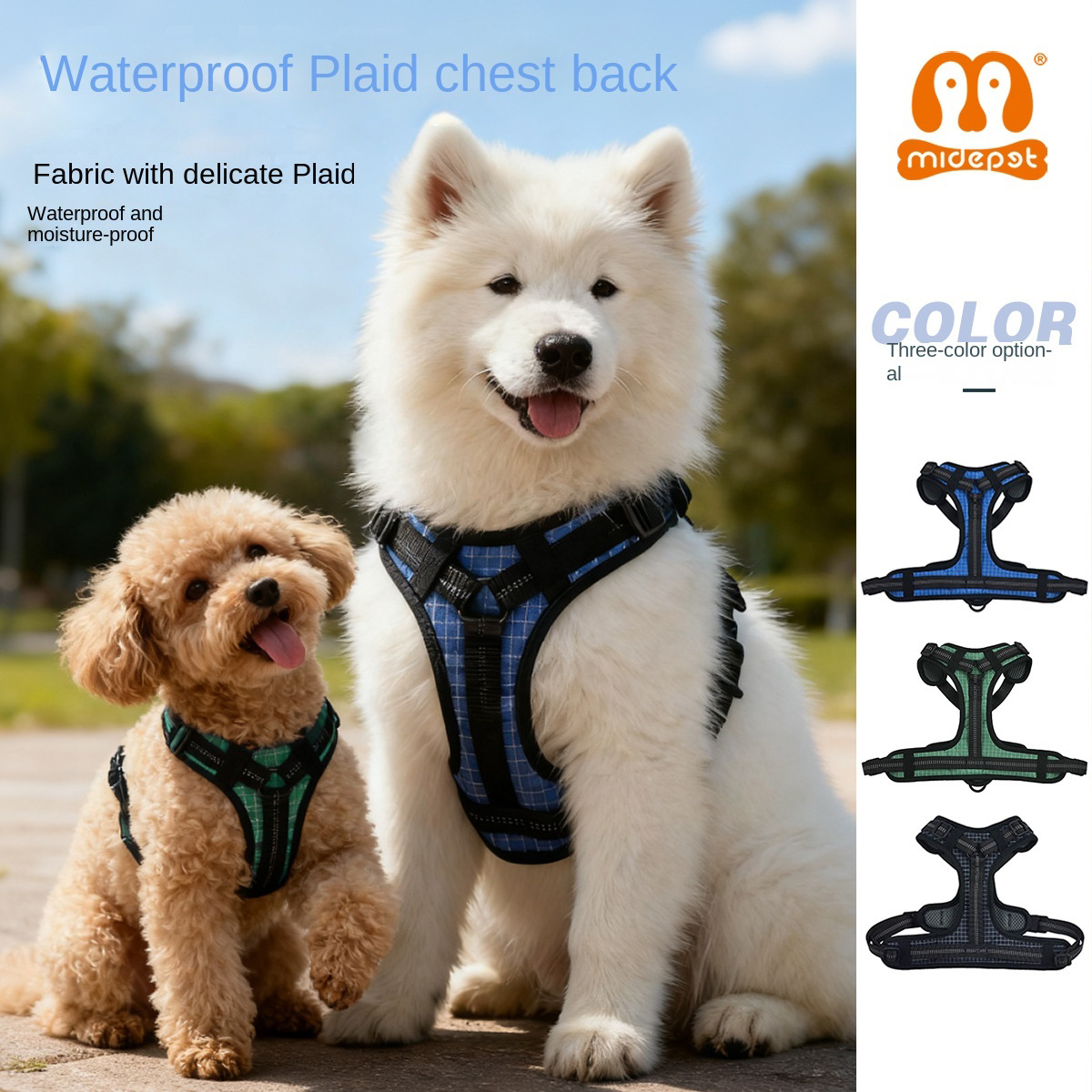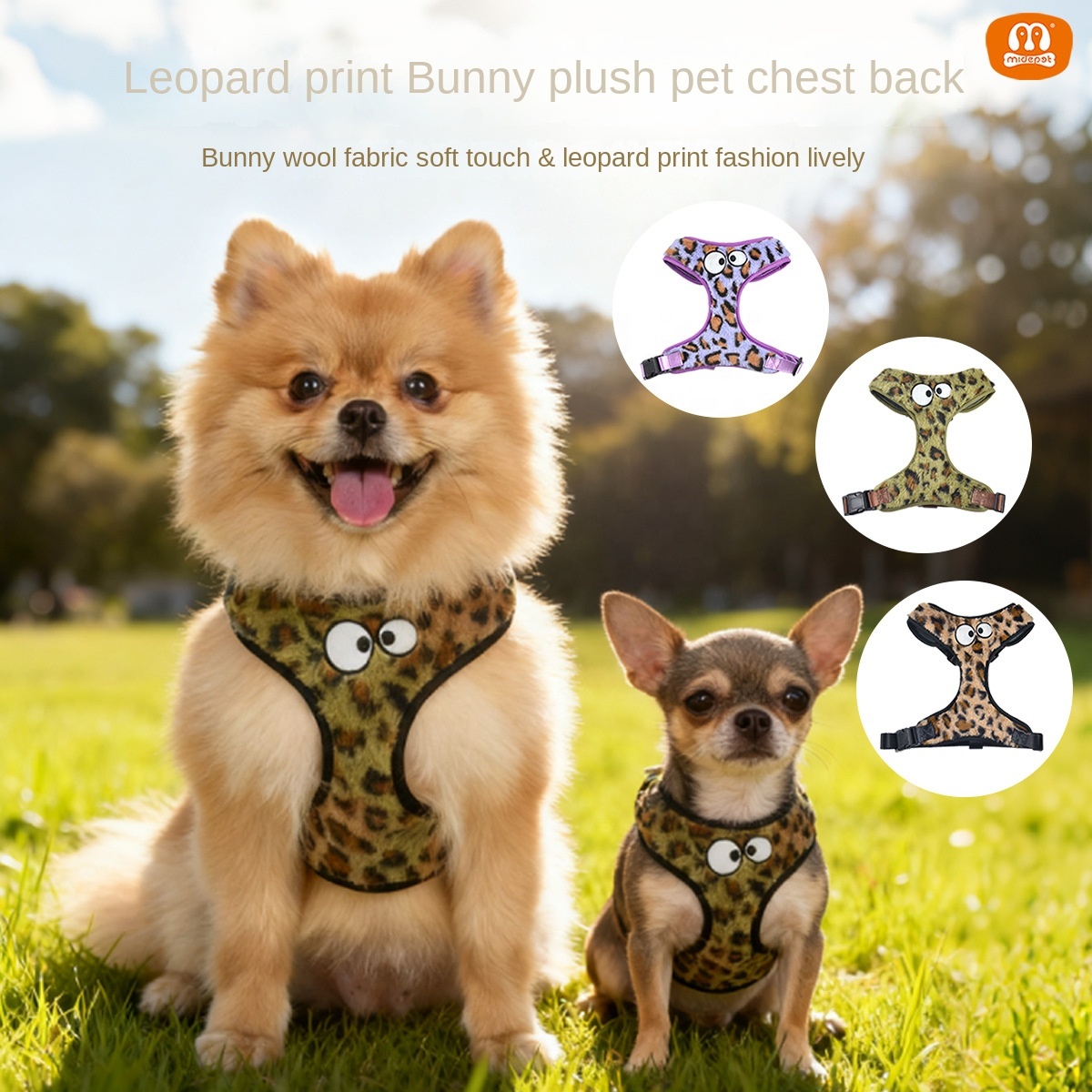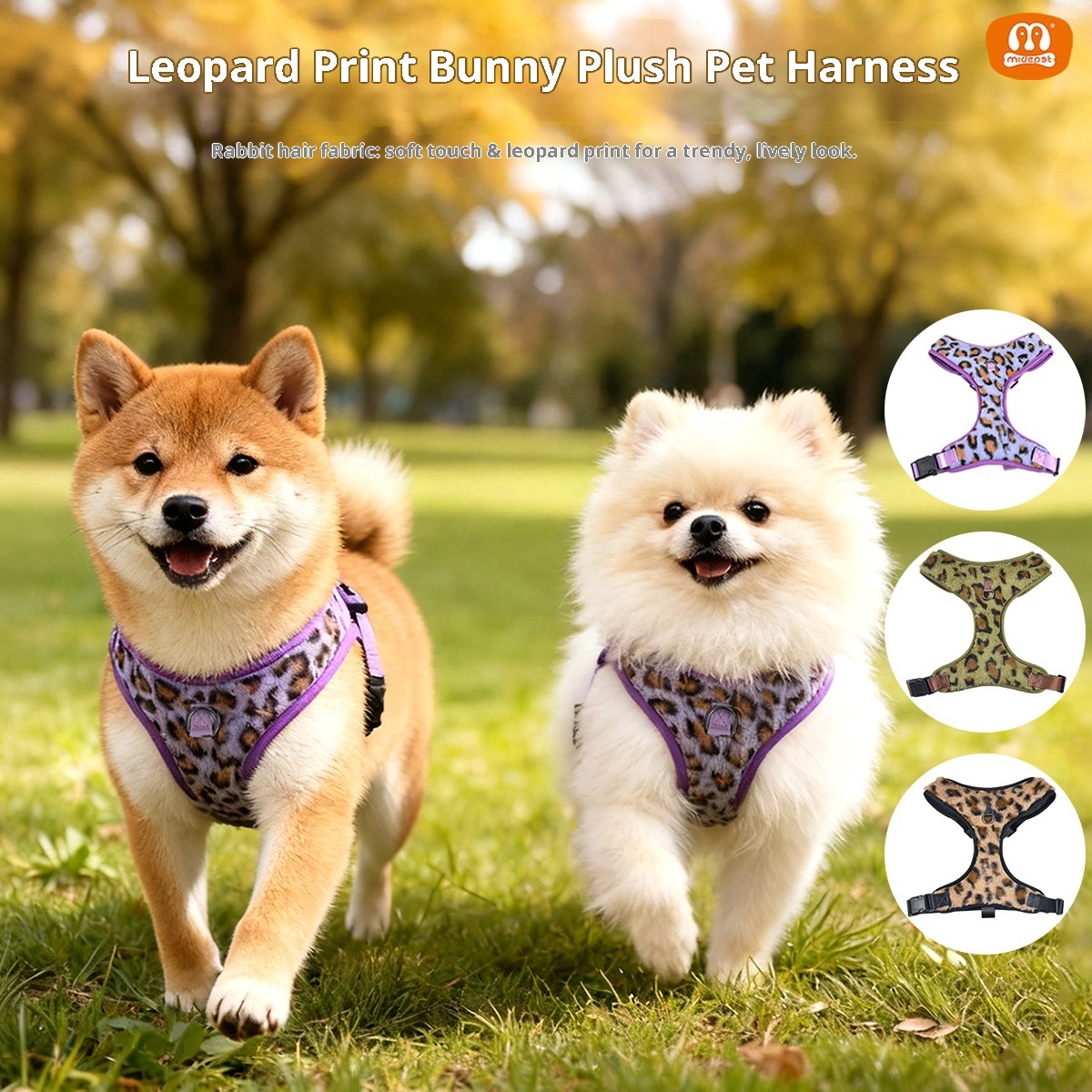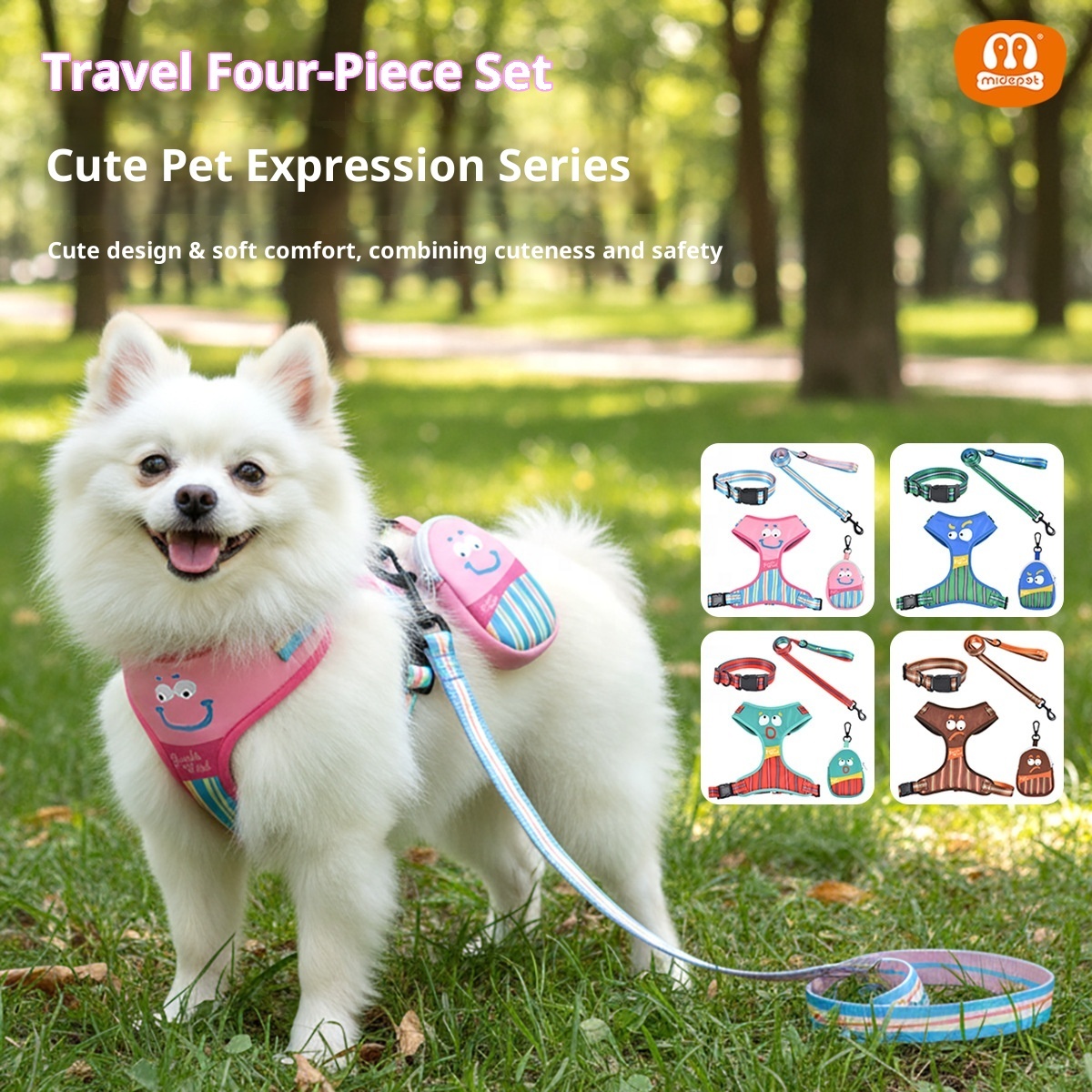How to Start a Pet Business
How to Start a Pet Business: A Complete Guide
1. Introduction
The pet industry has become one of the fastest-growing sectors globally. In 2023, pet owners in the United States alone spent $147 billion on their pets, and this figure is expected to rise to $150.6 billion by 2024. This growth underscores the immense opportunities within the industry for aspiring entrepreneurs. Whether you are passionate about animals or seeking a profitable business venture, the pet market offers a wide range of business opportunities. However, like any other industry, it also comes with its own set of challenges, including fierce competition and market saturation.
Entering the pet business can be highly rewarding, but it's important to understand the market dynamics, the variety of niches within the pet industry, and the steps required to succeed. This guide provides a step-by-step approach to launching your own pet business, from understanding the industry landscape to identifying profitable business ideas and finding the right suppliers.
2. Understanding the Pet Industry: A Basic Overview
The pet industry encompasses various sectors, including pet products, pet food, pet services, and even pet technology. In general, the market is divided into:
Pet Products: This includes everything from toys, grooming tools, and clothing to high-tech devices for pet tracking and health monitoring. As pet owners seek to improve their pets’ quality of life, the demand for innovative products continues to grow.
Pet Food: Pet food is one of the largest segments of the pet industry. From organic to specialized dietary food for pets with health issues, there’s an increasing preference for high-quality and specialized food products.
Pet Services: Services such as grooming, dog walking, training, and pet sitting are rapidly gaining traction. Many pet owners are willing to spend on services that ensure the health and well-being of their pets.
Pet Technology: This includes products like smart collars, activity trackers, and automated feeders. As technology advances, pets are increasingly benefiting from products designed to enhance their care and monitoring.
The pet industry has seen consistent growth, largely driven by the rise of "pet humanization." Pet owners are now more willing to invest in premium products and services for their pets. As a result, the pet industry has become a billion-dollar market with ample room for new businesses to enter.
3. Choosing the Right Type of Pet Business
When starting a pet business, one of the most important decisions is choosing which niche to focus on. The pet industry is vast, and it’s essential to find a segment that matches both market demand and your personal interests. Below are some popular types of pet businesses:
Pet Product Sales: If you're interested in selling physical products, you can choose from categories like dog accessories, pet clothing, pet beds, or even more specialized items like pet carriers or health supplements. Focus on understanding market trends and finding unique products that can differentiate you from competitors.
Pet Food Business: Launching a pet food brand can be a lucrative option if you’re passionate about pet nutrition. With more pet owners opting for premium and healthy food options, this is a market segment that has grown considerably.
Pet Services: Offering services like dog training, grooming, or pet sitting could be ideal if you're interested in directly interacting with pets. As pets become more integrated into families, the demand for personalized services has surged.
Pet Technology: If you have a tech background, creating or selling pet gadgets like health trackers or interactive toys could be a promising path. Pet owners are increasingly relying on technology to monitor their pets’ well-being.
Understanding current market trends and the demands within each niche can help you select the right business model for you. Whether you're drawn to the idea of running a product-based business or offering services, it’s crucial to select a type of pet business that aligns with consumer needs and your passion.
4. Starting a Pet Business from Scratch
Starting a pet business from scratch requires a structured approach. Here’s a step-by-step guide to help you get started:
Market Research: The first step in starting any business is to conduct market research. This will help you understand your target customers, competitors, and potential demand for your products or services.
Develop a Business Plan: A solid business plan will serve as your roadmap. It should outline your business goals, market analysis, financial projections, and marketing strategies.
Define Your Target Market: Whether you're targeting pet owners of dogs, cats, or other animals, it’s essential to define your target audience. Are you catering to high-end customers or focusing on affordable products?
Choose Your Business Model: Will you operate an online store, a physical retail location, or a service-based business? Each model has its pros and cons, so it’s important to select the one that best suits your goals and resources.
Set Up Your Legal Structure: Register your business, obtain necessary licenses, and ensure that you meet all local regulations.
5. Choosing the Right Pet Suppliers and Manufacturers
Finding reliable suppliers and manufacturers is crucial to the success of your pet business. Whether you're selling pet accessories or pet food, you need a trusted partner who can provide high-quality products at competitive prices. Here's what to consider:
Research Potential Suppliers: Look for manufacturers who specialize in pet products, and check reviews and testimonials. Ask for samples to ensure the quality of the products.
Consider Wholesale or Dropshipping: If you prefer not to keep inventory, consider working with dropshipping suppliers. This allows you to sell products without the need to store them yourself.
Quality Control: Ensure that your suppliers meet quality standards and regulations, particularly when it comes to pet food and pet health products.
6. Building a Brand and Marketing Strategies
Building a strong brand is essential in a competitive market. Your brand should reflect your values, mission, and the quality of the products or services you offer. Here are a few strategies for building and promoting your pet business:
Brand Identity: Create a brand that resonates with your target customers. Choose a memorable name, design an appealing logo, and develop a consistent tone for your marketing materials.
Online Marketing: Leverage digital marketing strategies like search engine optimization (SEO), social media advertising, and influencer partnerships to reach a broad audience. Platforms like Instagram, Facebook, and TikTok are perfect for pet businesses looking to build a following.
Content Marketing: Share valuable content, such as pet care tips, product reviews, and customer stories, to engage your audience and position yourself as an expert in the pet industry.
7. Legal Requirements and Industry Compliance
Running a pet business requires compliance with certain regulations. Depending on your location and the type of business, you may need:
Licensing: Certain pet businesses, especially those involving food or grooming, require specific licenses.
Health and Safety Regulations: Ensure that your products, especially pet food and accessories, meet safety standards.
Insurance: Consider obtaining insurance to protect your business from unforeseen liabilities.
8. Managing and Operating Your Pet Business
Once your business is up and running, you need to focus on day-to-day operations. This includes managing inventory, handling customer service, and ensuring efficient supply chain operations. Here are some tips:
Inventory Management: Use inventory software to track your products and ensure you never run out of stock.
Customer Relationship Management: Engage with customers through email newsletters, loyalty programs, and social media to foster loyalty.
Operational Efficiency: Streamline your processes and use technology to help you manage the business effectively.
9. Opportunities for Business Expansion
As your business grows, you may want to consider expanding into new markets or offering new products. Here are some ideas for growth:
Expanding Product Lines: Add new pet-related products or services based on customer demand.
Entering New Markets: If your business is thriving locally, consider expanding into new geographic areas.
E-commerce Growth: Enhance your online presence and explore international shipping options to reach a global market.
10. Conclusion
Starting a pet business can be a rewarding and profitable venture. With the right planning, market research, and strategies, you can successfully enter the pet industry and build a brand that resonates with pet owners. The pet market continues to expand, offering ample opportunities for entrepreneurs to make their mark.
As you embark on this exciting journey, remember to stay focused on delivering high-quality products or services, understanding your customers' needs, and keeping up with industry trends. With the right approach, your pet business can grow into a thriving and sustainable enterprise.
About MIDEPET
As you explore the opportunities in the growing pet industry, partnering with a reliable supplier like MIDEPET can help you succeed in launching and scaling your pet business. With over 10 years of experience in design and manufacturing, MIDEPET specializes in high-quality pet products such as dog collars, harnesses, leashes, and toys. Whether you're considering starting a small pet business or expanding an existing one, MIDEPET offers flexible OEM/ODM services, allowing you to fully customize your products. From unique designs to high-quality materials, they ensure your business stands out in the competitive pet industry. MIDEPET also supports dropshipping, making it easier than ever to launch your pet business without the hassle of inventory management. Partnering with MIDEPET allows you to focus on growing your brand while they handle the production and delivery of top-notch pet products.
FAQS
What is the pet business industry and why is it growing so quickly?
The pet business industry covers products and services related to pets, including pet supplies, pet food, and pet care services. The industry has seen rapid growth due to an increasing number of pet owners and the growing demand for high-quality pet products.
What are some profitable dog business ideas?
Some profitable dog business ideas include offering dog grooming services, selling dog accessories (like collars, leashes, and toys), starting a dog daycare, or selling premium dog food and health products.
How do I start a small pet business?
To start a small pet business, choose a niche within the pet industry, create a business plan, and decide on a business model. Consider starting an online store or a physical shop, and ensure you find reliable pet supply manufacturers and pet accessories manufacturers for your products.
What are the most important steps when starting a pet business?
The most important steps include researching the market, selecting a niche, sourcing quality products from reputable suppliers, building a brand, and creating a strong online presence to attract customers.
How can I find reliable pet supply manufacturers?
To find reliable pet supply manufacturers, research online, attend trade shows, and request samples to assess product quality. Consider working with manufacturers who offer customization and have a strong track record in the industry.
What do I need to know about the pet industry before starting a business?
Understanding the trends, market demand, and competition within the pet industry is crucial. You should also be aware of the legal requirements, such as certifications and licenses, to operate a pet business.
How can I ensure my pet business stands out in the market?
To stand out, focus on offering unique products, providing excellent customer service, and building a strong online presence through social media marketing. Creating a strong brand identity is also important to attract loyal customers.
What are some animal business ideas that can help me enter the pet market?
Animal business ideas in the pet market include offering pet-related services like grooming, training, or daycare, selling pet accessories, or even launching an e-commerce store for custom pet products.
Do I need a license to start a pet business?
Depending on your location and the type of pet business you’re starting, you may need a business license, a health certificate, or other industry-specific certifications. Be sure to check your local regulations.


